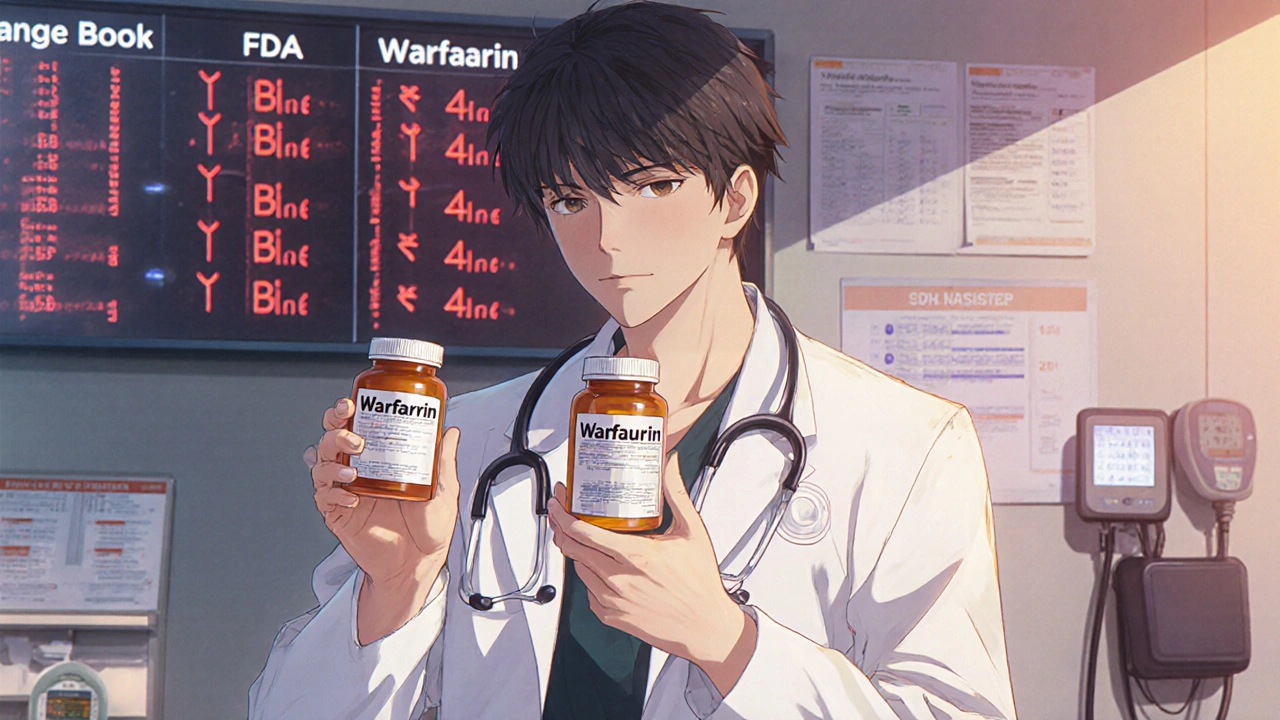Narrow Therapeutic Index: What It Means and Why It Matters for Your Medications
When a drug has a narrow therapeutic index, the range between an effective dose and a toxic one is very small. Also known as a narrow therapeutic window, this means even a slight change in dosage can cause serious side effects—or make the drug useless. It’s not just about taking too much. Sometimes, switching from a brand-name pill to a generic version, or even changing the time you take it, can push your levels into danger.
This isn’t theoretical. Drugs like warfarin, a blood thinner used to prevent clots, lithium, used for bipolar disorder, and phenytoin, an anti-seizure medication all sit in this high-risk zone. One study found that patients on warfarin had a 30% higher chance of dangerous bleeding after switching to a different generic version—not because the generic was bad, but because tiny differences in how the body absorbs it changed the blood level just enough to cross the safety line. That’s why doctors often require regular blood tests for these drugs. Your body doesn’t treat all versions of the same drug the same way when the margin for error is razor-thin.
That’s also why narrow therapeutic index drugs are the ones most likely to cause problems when you mix them with other meds or supplements. For example, St. John’s Wort can drop lithium levels so fast it triggers a relapse. Sulfonamides can push bilirubin into dangerous territory in newborns. Even something as simple as a change in diet or kidney function can alter how your body handles these drugs. That’s why medication adherence isn’t just about remembering to take your pill—it’s about taking the *right* pill, at the *right* time, with the *right* consistency. When you’re on one of these drugs, even small changes matter.
Below, you’ll find real-world guides on managing these risks—from safely stopping steroid creams like halobetasol to understanding why switching to generics can affect your treatment. You’ll see how drug interactions, dosing mistakes, and even how you store your meds can all tie back to this one critical concept: when the difference between healing and harm is measured in milligrams.

Antiseizure Medications and Generic Substitution: Risks and Best Practices
Finnegan O'Sullivan Nov 16 11Generic antiseizure medications can save money-but for epilepsy patients, even small changes in formulation can trigger breakthrough seizures. Learn the risks, what experts really say, and how to protect yourself.
More Detail
Pharmacist Concerns About NTI Generics: What Every Health Professional Needs to Know
Finnegan O'Sullivan Nov 10 8Pharmacists are raising alarms about NTI generics-medications where tiny differences in absorption can cause serious harm. Learn why warfarin, levothyroxine, and other narrow therapeutic index drugs demand extra caution-and what patients and providers need to know.
More Detail